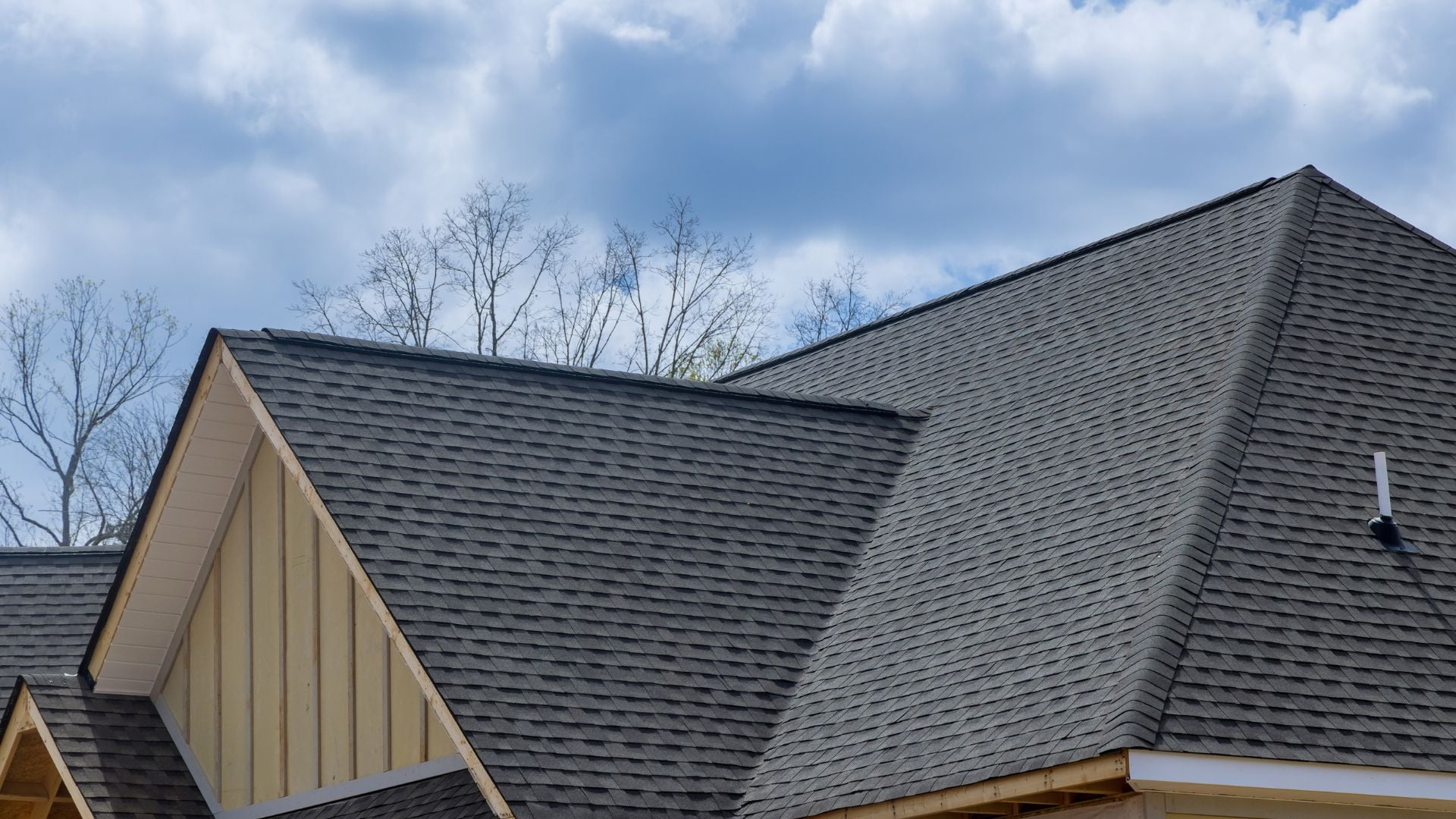Roof Maintenance Tips for Longevity and Durability
Your roof is one of the most vital components of your home, shielding you and your family from the elements. Regular maintenance is essential to ensure its longevity and durability. Here are some practical roof maintenance tips to help extend the life of your roof and keep it in top condition.
1. Conduct Regular Inspections
Seasonal Inspections: Perform thorough roof inspections at least twice a year—once in the spring and again in the fall. Look for signs of damage, wear, and potential issues that could lead to leaks or structural problems.
Professional Inspections: Consider hiring a professional roofer to inspect your roof, especially after severe weather events. Professionals have the expertise and tools to identify hidden issues that may not be visible to the untrained eye.
2. Clean Gutters and Downspouts
Remove Debris: Clean your gutters and downspouts at least twice a year, ideally in the spring and fall. Remove leaves, twigs, and other debris to ensure proper water flow and prevent blockages that can lead to water damage.
Check for Clogs: Inspect gutters and downspouts for clogs, cracks, or loose fittings. Ensure they are securely attached to your home and directing water away from the foundation.
3. Trim Overhanging Branches
Prevent Damage: Trim any branches that hang over your roof to prevent them from scraping or falling onto the roof during storms. Overhanging branches can cause scratches, punctures, or even severe damage to shingles.
Maintain Clearance: Ensure there is sufficient clearance between tree branches and your roof to minimize the risk of falling debris and reduce the likelihood of moss and algae growth.
4. Inspect and Repair Shingles
Check for Damage: Regularly inspect shingles for signs of damage, such as cracking, curling, or missing shingles. Replace any damaged or missing shingles promptly to prevent leaks and further deterioration.
Look for Granules: Check your gutters for granules, which indicate that shingles are deteriorating. Excessive granule loss can compromise the shingles’ effectiveness and lifespan.
5. Remove Moss and Algae
Clean Surfaces: Moss and algae growth can retain moisture, leading to roof decay. Use a soft brush or a mixture of water and mild detergent to gently scrub away moss and algae. Avoid using high-pressure washers, which can damage shingles.
Use Algaecide: Consider applying an algaecide treatment to prevent moss and algae growth. This can help maintain the appearance and integrity of your roof.
6. Check Flashing and Sealant
Inspect Flashing: Examine the flashing around vents, chimneys, and skylights for signs of damage or separation. Damaged flashing can allow water to seep into your home, causing leaks and structural damage.
Reapply Sealant: Replace or reapply sealant around flashing, vents, and other roof penetrations as needed. Ensure the sealant is watertight to prevent water infiltration.
7. Ensure Proper Ventilation
Check Vents: Ensure that roof vents, ridge vents, and soffit vents are clear of debris and functioning correctly. Proper ventilation helps regulate temperature and moisture levels in your attic, reducing the risk of mold and mildew growth.
Balance Ventilation: Make sure there is a balanced airflow between intake vents and exhaust vents. This balance helps maintain optimal attic ventilation, preventing heat buildup and moisture damage.
8. Inspect Attic Insulation
Check Insulation Levels: Ensure your attic has sufficient insulation to regulate temperature and reduce energy costs. Proper insulation helps maintain a consistent temperature, preventing ice dams in winter and heat buildup in summer.
Look for Moisture: Inspect the attic for signs of moisture, water stains, or mold growth. Address any moisture issues promptly to prevent damage to the roof structure and insulation.
9. Keep Roof Surface Clean
Remove Debris: Regularly clear debris, such as leaves, twigs, and moss, from the roof surface. This prevents moisture buildup and reduces the risk of damage from organic growth.
Wash Your Roof: Consider washing your roof with a gentle detergent solution and water to remove dirt and algae. Avoid harsh chemicals or pressure washers that can damage the shingles.
10. Hire a Professional for Major Repairs
Expert Help: For significant repairs or if you notice extensive damage, it’s best to hire a professional roofing contractor. Experienced roofers have the skills and equipment to perform repairs safely and effectively.
Regular Maintenance Contracts: Consider signing up for a maintenance contract with a reputable roofing company. Regular professional maintenance can help catch issues early and extend the lifespan of your roof.
Conclusion
Regular roof maintenance is crucial for preserving the longevity and durability of your home’s roof. By following these tips, you can protect your investment, prevent costly repairs, and ensure that your roof continues to provide reliable shelter for years to come. Whether you tackle maintenance yourself or enlist professional help, staying proactive about roof care is the key to a durable and secure home. Contact us now.


